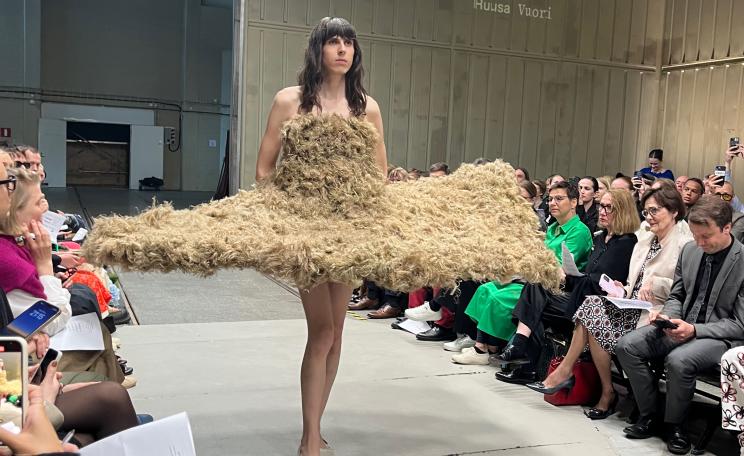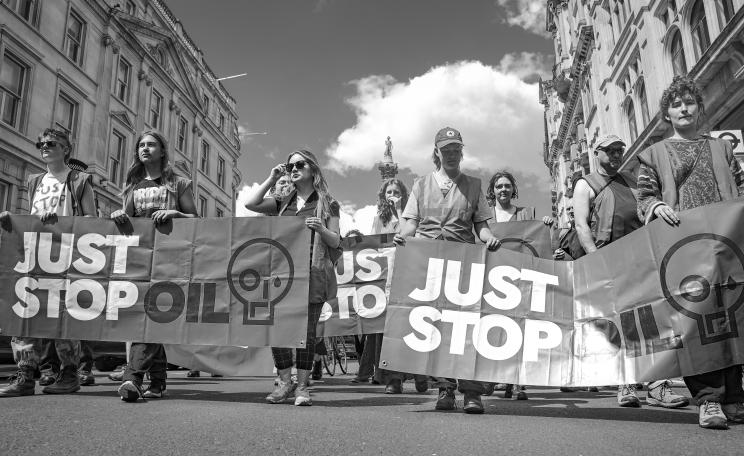x
Solastalgia describes “a place-based lived experience” of environmental change and the term is quietly emerging from academic circles into wider use. Unlike eco-anxiety, which considers dread of climatic change to come, solastalgia focuses on change in the present.
Through this lens, the Land Body Ecologies network aims to understand the lived experiences of land trauma, of marginalised, Indigenous and land-dependent communities globally.
This article first appeared in the latest issue of the Resurgence & Ecologist magazine. A referenced version of this article can be found at resurgence.org.
Environmental philosopher Glenn Albrecht created the term ‘solastalgia’ in 2005, based on the emotional impacts of large-scale coal mining on individuals’ wellbeing in New South Wales, Australia, where he is based.
Psychoterratic
In 2015, the term was included in the medical journal The Lancet as a contributing concept to the impact of climate change on human health and wellbeing. More recently, it was also published in the United Nations 2022 report by the Intergovernmental Panel on Climate Change (IPCC).
In Albrecht's publication Earth Emotions (2019), solastalgia is identified as one of six conditions he defines as land-based sicknesses, or psychoterratic diseases, emerging from our changing relationship to our natural world.
Unlike the more commonly recognised term ‘eco-anxiety’, which relates to the sense of global dread and lack of control over the current and predicted future state of human-induced climate change, solastalgia is rooted in a lived experience of place, and bound within how someone defines their home, land and identity.
The dominant global discourse on the climate crisis, for instance, is data driven, primarily focused on carbon reduction and prevention of a two-degree rise.
Disconnect
Quantitative representations of declining ecosystems are more widely represented than human affliction and there is a lack of critical understanding of how ecosystem traumas are deeply entangled with human experiences.
Social change specialist Jem Bendell, in his 2018 book Deep Adaption, makes the case that the climate crisis is the result of how far our human psyche has, in western society, become divorced from our natural habitat.

Bendell reiterates that our inability to see ourselves as part of Nature has damaged both our environment and our spirit, arguing that a large part of what we are dealing with is this disconnect, a sentiment echoed in The Uninhabitable Earth.
Writer Paul Kingsnorth blames this on what he calls “the myth of progress” that we have (for a long time now) told ourselves a dangerous and fictional story of economic progress in which everything must continue to grow, expand and increase.
Yet we are seeing the rise of climate catastrophes beginning to unravel this story, exposing instead a crisis of narratives.
Human-centred
In Kingsnorth’s view, this crisis stems from having constantly positioned ourselves at the centre point of the narratives of the planet.
In a move to counter the disconnect in how we are responding to the climate crisis, in 2019, The Guardian announced a more human-centred approach to visual journalism, responding to research undertaken by Climate Visuals showing that images of melting ice and suffering animals were felt as “remote and abstract”, whilst those featuring human experiences elicited more urgency, relevance and emotion.
Instead of exchanging one approach for another, the image of the polar bear for that of the human, we propose the need for a parallel response – a process of deep listening to both the human stories of solastalgia as well as the texture, ecosystems and identities of those landscapes.
Heal
Landscapes are not neutral backdrops where human activities unfold. Rather they are relational, dynamic and nested social-ecological systems.
“Grounding solastalgia research in landscapes allows for an emphasis on the richly intertwined aspects of nature and culture.”
Through exploring the human lived experiences of solastalgia whilst also reclaiming the human body as an extension of Nature, we might, through this duality, “simultaneously heal human and ecosystem health while inspiring collective action against the structural forces underpinning climatic and environmental change”.
This Author
Land Body Ecologies (LBE) is a global transdisciplinary network exploring the deep interconnections of mental and ecosystem health, working to understand and engage with the experiences of land trauma among land-dependent and Indigenous communities. LBE’s research is rooted within communities at the forefront of today’s climate, ecosystem and land rights issues.




